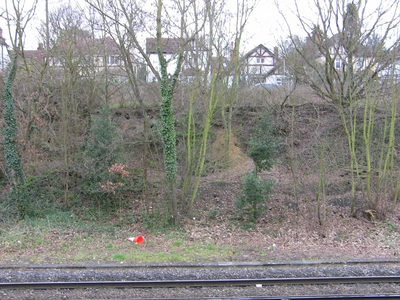Council refuses Permission without Wildlife Sanctuary

Land adjacent to Mill Road, Epsom, which already has planning permission for 10 family homes and another permission for 77 student units, cannot be developed without the adjacent wildlife sanctuary.
Permission for family homes was won on Appeal after the council refused, but whilst the Planning Inspectorate reversed the council's refusal, it did uphold the need for the wildlife to have protection via Millbridge Wildlife Trust. Two years later, after no sign of building work, the owners applied for another kind of planning permission - for student units. The council had limited grounds to refuse this, as the design and layout of the buildings was almost the same as for the family homes, which of course already had permission. Strangely, the owners then applied for yet another kind of planning permission, this time for those same student units but WITHOUT the wildlife sanctuary.
Council officers decided, without the need for a Planning Committee decision, that development of the student units was not permissible without the wildlife having protection.
The photo gives an idea of how widely the land beside the railway track itself is peppered with badger sett entrances. These tunnels run underground and above ground throughout the site but are most prevalent toward the Windmill Lane railway bridge. About one-third of the site (just over 1 acre in total) at this end will not be developed and will form the wildlife sanctuary.
It is believed the owners wish to sell on the land with its (now) two kinds of planning permission. Local residents don't know why the family homes have not been built, but it is undoubtedly a difficult project : the land is a very thin strip with an almost sheer drop down to the track in some places, there are a host of conditions attached to the planning permissions plus accessibility and parking is problematic.
Residents of Bridge Road, Mill Road and other local wildlife supporters campaigned for seven years to stop development. Various surveys have identified not only badgers, but also voles, stag beetles, common lizards, foxes, bats and the occasional sparrowhawk. Some of the site was used as allotments after WW2, hence the diversity of flora, making it excellent foraging ground and habitat for the identified species.
